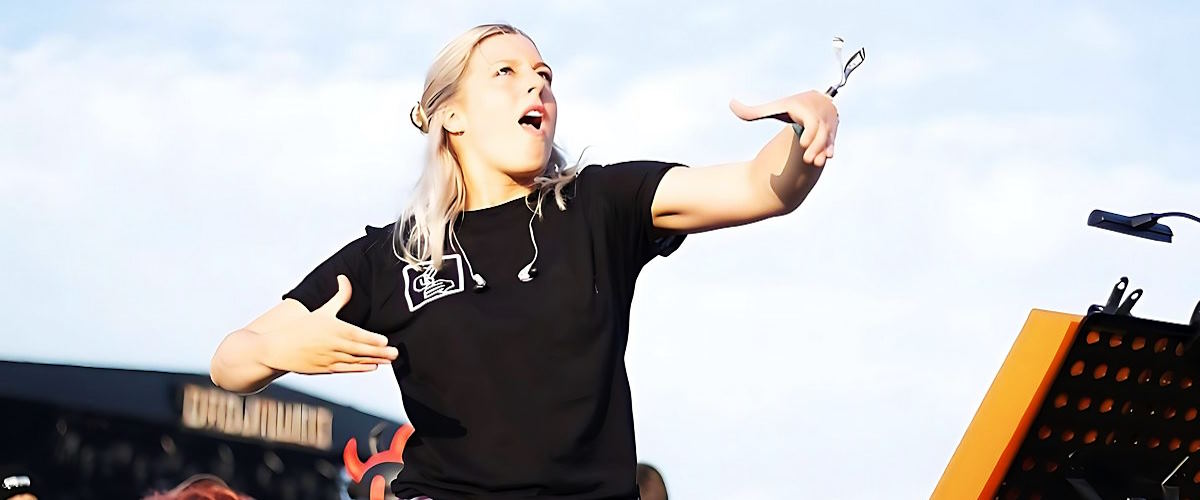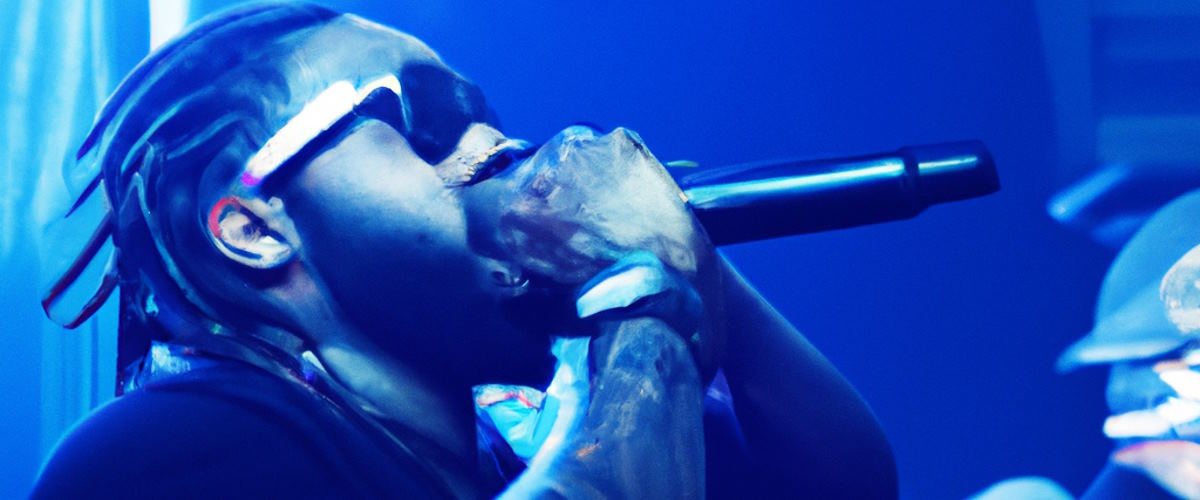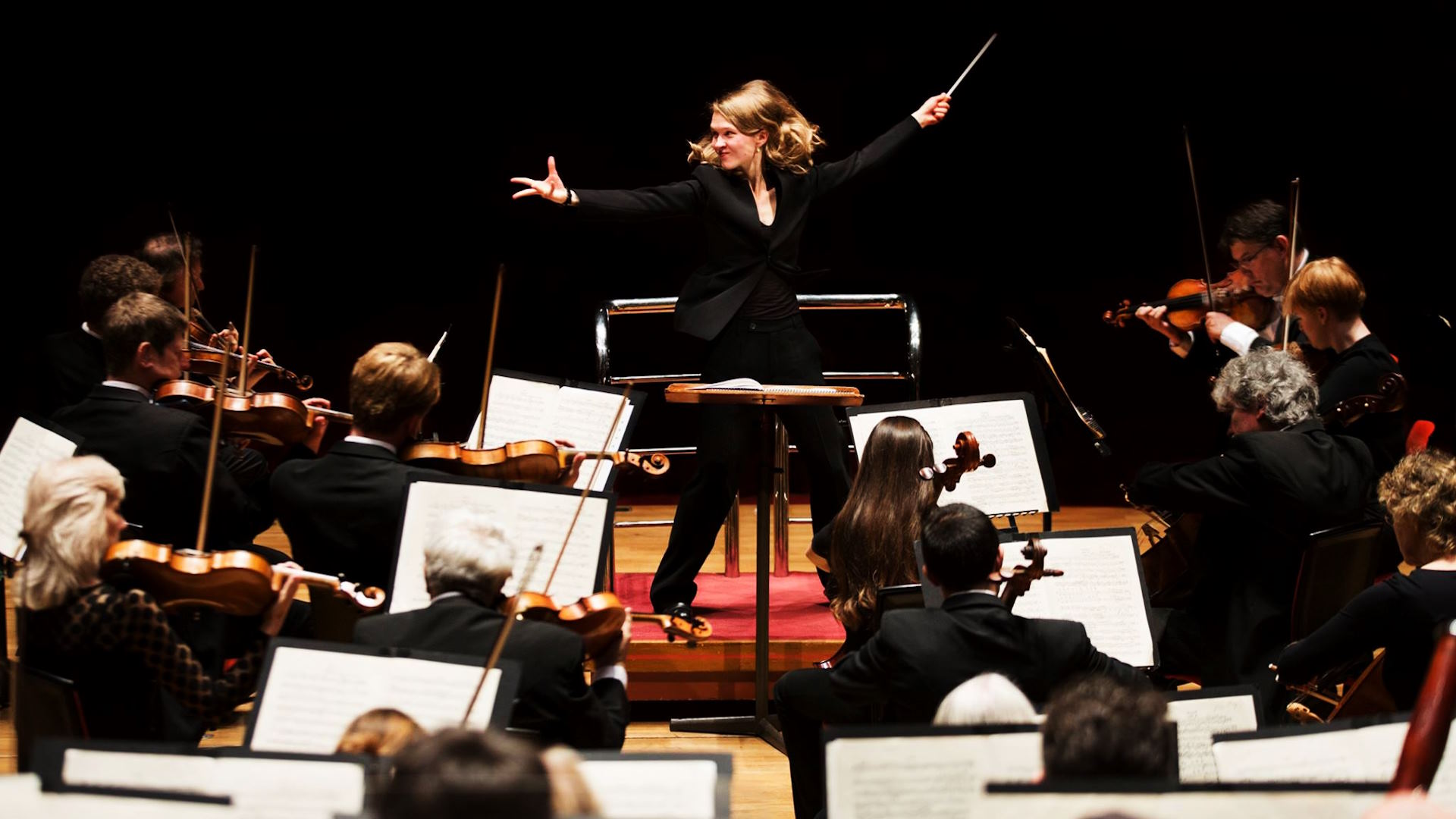The body language affects the construction, execution, and perception of the musical performance. It can be used to communicate present information, improve performance, and do other favorable things. You may wish to know what things are included in the body language. It includes the posture, facial expressions, hand movements, and body movements.

The importance of body language for musicians
Good training in body language is important as the body language moves with the music’s rhythm. You must remember that each gesture, step, and eye design is as per the song. Experienced artists from around the world nowadays perform up-and-down movements, especially breathing, clauses, emotional strength, and tone.
Smart and successful musicians use their body language as a tool for musical emotion and to impress the audience. Almost every performance movement has clear functions and meanings. For example, they communicate the expressive intention and communicate directly with the audience.
The body language in the music performance expresses the feelings, age, and gender of the character. If you decide to excel in the live music sector, then the way of your movements on stage plays the main role. Remember that the body language is the unspoken part of communication. It is used to reveal true feelings and give a message to the audience.

Explore every aspect of expressive body movements
The body movements in the music performances can be communicative and expressive. They can have different roles. For example, they are directly responsible for the successful sound production and build communication between performers and the audience. You can research everything regarding expressive body movements in music and make optimistic changes in your routine efforts.
The main examples of expressive body movements are sound-producing gestures like lip pressure, finger movements, and blowing and ancillary gestures including knee bending, weight shifting, body curvature, and clarinet lifting. The torso movements include the side-to-side ways, instrument circling, and bobbing movements. The elbow movements include circling. The post includes bold poses to increase the level of confidence and help musicians play with conviction.
Different body language techniques for effective musical communication may confuse beginners in the competitive music industry. You must know the real power of body language for performances on stage. The best body language complements your words. You can practice before the mirror or an experienced friend who can give the right feedback regarding how well you communicate. You can concentrate on specific movements and gestures after you feel comfortable with the basic nonverbal cues.

